Juergen Fleischer
Industrial Machine Tool Component Surface Defect Dataset
Mar 24, 2021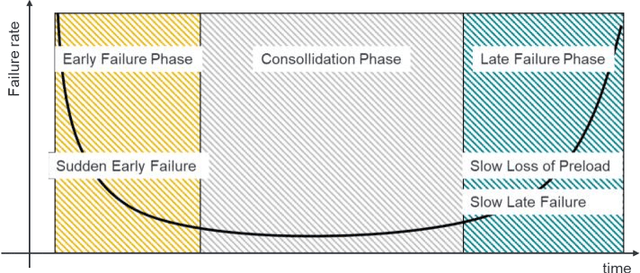
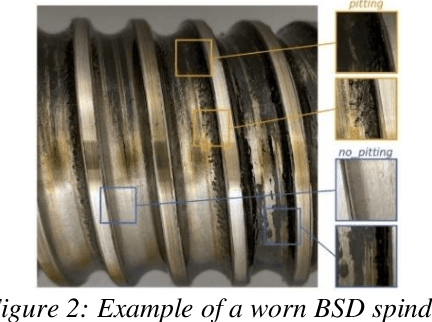
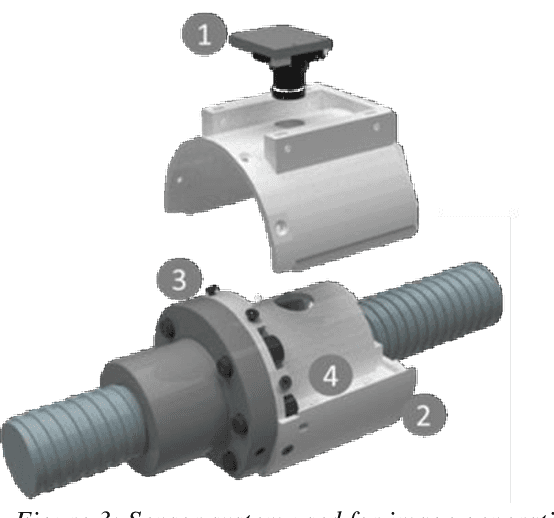
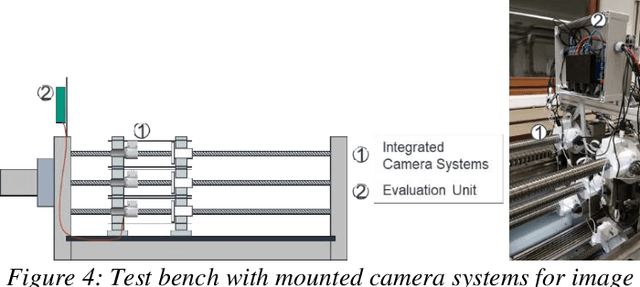
Abstract:Using machine learning (ML) techniques in general and deep learning techniques in specific needs a certain amount of data often not available in large quantities in technical domains. The manual inspection of machine tool components and the manual end-of-line check of products are labor-intensive tasks in industrial applications that companies often want to automate. To automate classification processes and develop reliable and robust machine learning-based classification and wear prognostics models, one needs real-world datasets to train and test the models. The dataset is available under https://doi.org/10.5445/IR/1000129520.
A Stitching Algorithm for Automated Surface Inspection of Rotationally Symmetric Components
Dec 01, 2020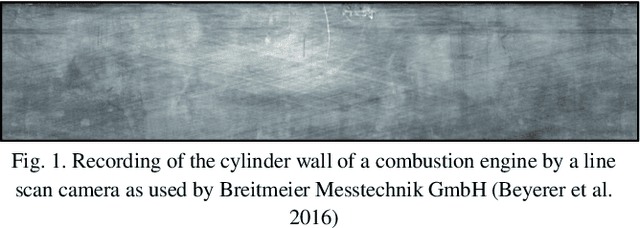

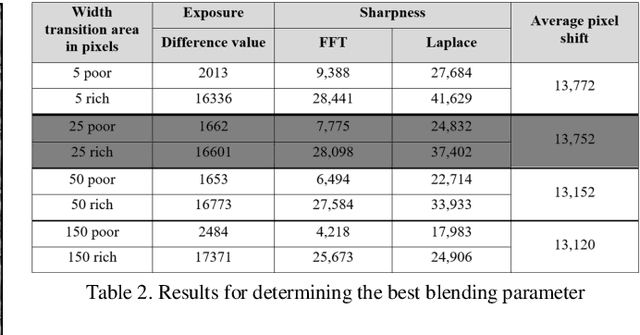
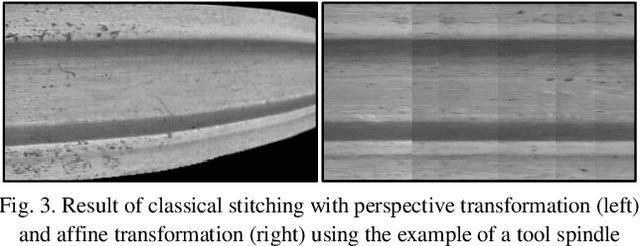
Abstract:This paper provides a novel approach to stitching surface images of rotationally symmetric parts. It presents a process pipeline that uses a feature-based stitching approach to create a distortion-free and true-to-life image from a video file. The developed process thus enables, for example, condition monitoring without having to view many individual images. For validation purposes, this will be demonstrated in the paper using the concrete example of a worn ball screw drive spindle. The developed algorithm aims at reproducing the functional principle of a line scan camera system, whereby the physical measuring systems are replaced by a feature-based approach. For evaluation of the stitching algorithms, metrics are used, some of which have only been developed in this work or have been supplemented by test procedures already in use. The applicability of the developed algorithm is not only limited to machine tool spindles. Instead, the developed method allows a general approach to the surface inspection of various rotationally symmetric components and can therefore be used in a variety of industrial applications. Deep-learning-based detection Algorithms can easily be implemented to generate a complete pipeline for failure detection and condition monitoring on rotationally symmetric parts.
 Add to Chrome
Add to Chrome Add to Firefox
Add to Firefox Add to Edge
Add to Edge